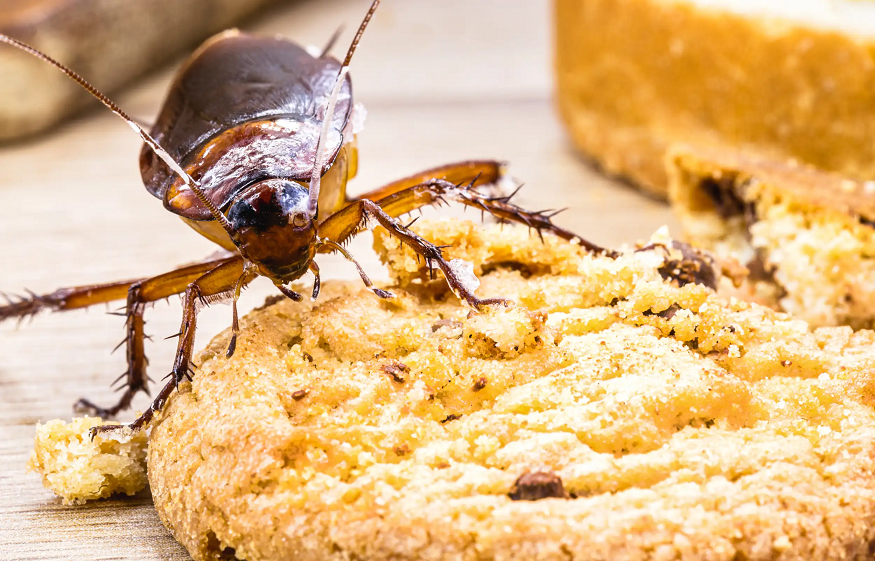While Allen families enjoy a fall day picnicking at parks such as Celebration Park and walking along the Watters Creek Trail, many may not realize that with the calendar page turning to September, communities’ beloved green spaces have become a breeding ground for hordes of mosquitoes. Standing water created by fall irrigation systems in leaf-clogged areas, combined with Allen’s unique atmospheric conditions, provides excellent breeding grounds for mosquitoes in Allen, extending the mosquito season into November.
Parents commonly experience yellow jacket stings on soccer fields at Twin Creeks Park or during evening walks around Allen Station Park, questioning why these pests seem more abundant in the fall than in the summer.
It is more than an annoyance; mosquitoes in Allen can be carriers of West Nile Virus, which persists until a hard freeze. If mosquitoes linger around your residence, check with romneypestcontrol.com to identify breeding areas and receive preventative measures.
The Misconception: “Mosquito Season Ends in Summer”
After Labor Day, most Allen residents put the bug spray away, content that the arrival of cooler weather signals a reduction in mosquitoes. And this is actually when the issue begins to worsen. Mosquitoes in the fall are usually more aggressive than summer ones, as they are in their preparation phase for winter survival.
The Asian tiger mosquito, prevalent across Collin County, is active until the temperature consistently drops below 50°F, which in Allen does not occur until late November or early December. These determined little bugs capitalize on the slower evaporation rates of fall; puddles and standing water persist longer, which allows larvae to grow into biting adults before they become food for a thirsty amphibian.
Why Allen’s Parks Are Mosquito Hotspots
1. Standing Water in Park Features
Many of the water features and retention ponds in the Allen family parks become stagnant by fall. The fountain at Celebration Park, the ornamental ponds at Watters Creek, and even splash pads that are not completely drained become shallow pools for mosquitoes to lay their eggs. The City of Allen’s Parks and Recreation log states that the city has more than 1,500 acres of parkland equipped with elaborate irrigation systems and features that retain water in low-lying areas.
2. Leaf Litter and Drainage Issues
With autumn comes bucketloads of new leaves across Allen’s parks, clogging storm drains and forming oversized water-holding planters. If those leaves pile up in playground equipment, abandoned toys, or on park benches, they create little puddles that mosquitoes need. In fact, some species only need the amount of water that fills a bottle cap to reproduce. In October alone, Allen averages 3.5 inches of rain, and that moisture hangs in leaf piles for weeks.
The Fall Weather Factor
Warm days in the 70s and 80s, combined with cool nights in the 50s and 60s, are perfect for mosquitoes to thrive and reproduce. While summer temperatures in the afternoon can be so extreme that they suppress mosquito activity, fall’s milder temperatures allow these insects to remain active throughout the day. In North Texas, bacteria and fungi persist through October and November, as the humidity remains sufficiently high to sustain the life cycle of mosquitoes following those short-lived but heavy fall thunderstorms that leave puddles everywhere.
Add this to the fact that people like to leave windows open on pleasant autumn nights, and you have mosquitoes coming inside.
Protecting Your Home With Professionals
Although you have no control over what occurs in public parks, keeping those mosquitoes away from your property in the fall requires a little elbow grease. With years of experience under their belt, Romney Pest Control knows how far fall can go for Allen homeowners, and the specific challenges local families face. The emphasis is on looking for breeding locales around homes, such as the leaf-choked gutter, the unattended birdbath, and the low point in the yard that holds water after the sprinklers run.

